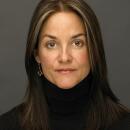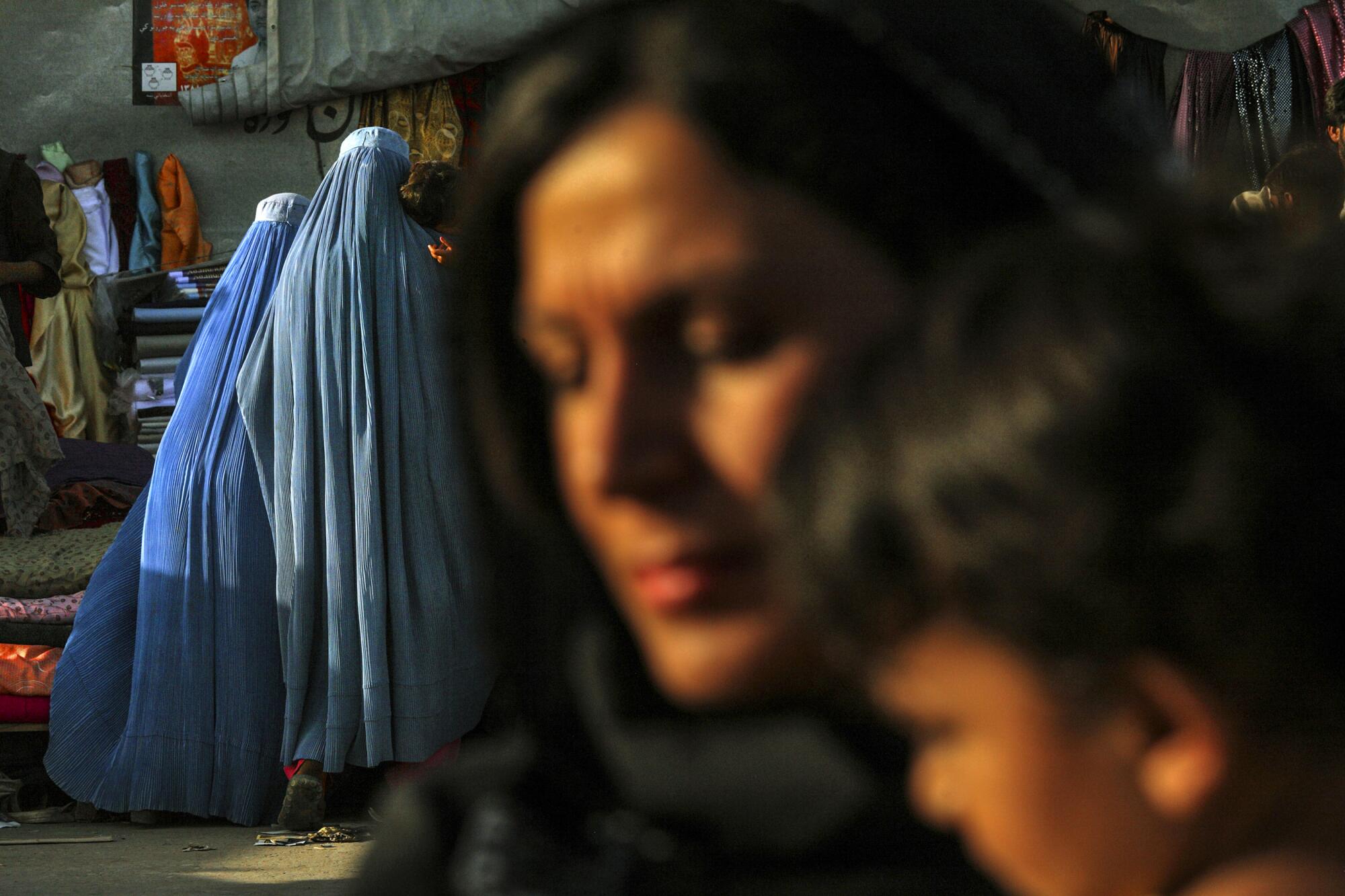
- Share via
In honor of Women’s History Month, the Los Angeles Times photography department would like to highlight our award-winning female staff photographers.
Carolyn Cole’s career as a photojournalist has led her to cover most major news events of the past three decades; wars, natural and man-made disasters, along with human-interest stories of all kinds. Her coverage of the civil crisis in Liberia won the 2004 Pulitzer Prize for feature photography. Cole has been named U.S. newspaper photographer of the year three times.
“Photojournalism is more than a profession, it’s a passion that requires constant pursuit,” Cole says. “No matter how long you’ve been taking pictures, it’s always difficult to get good images, that not only report the news, but that are well-composed, with good light, and feeling.”
I love being a witness to history, but it comes with the responsibility of making images that will stand the test of time.
— Carolyn Cole
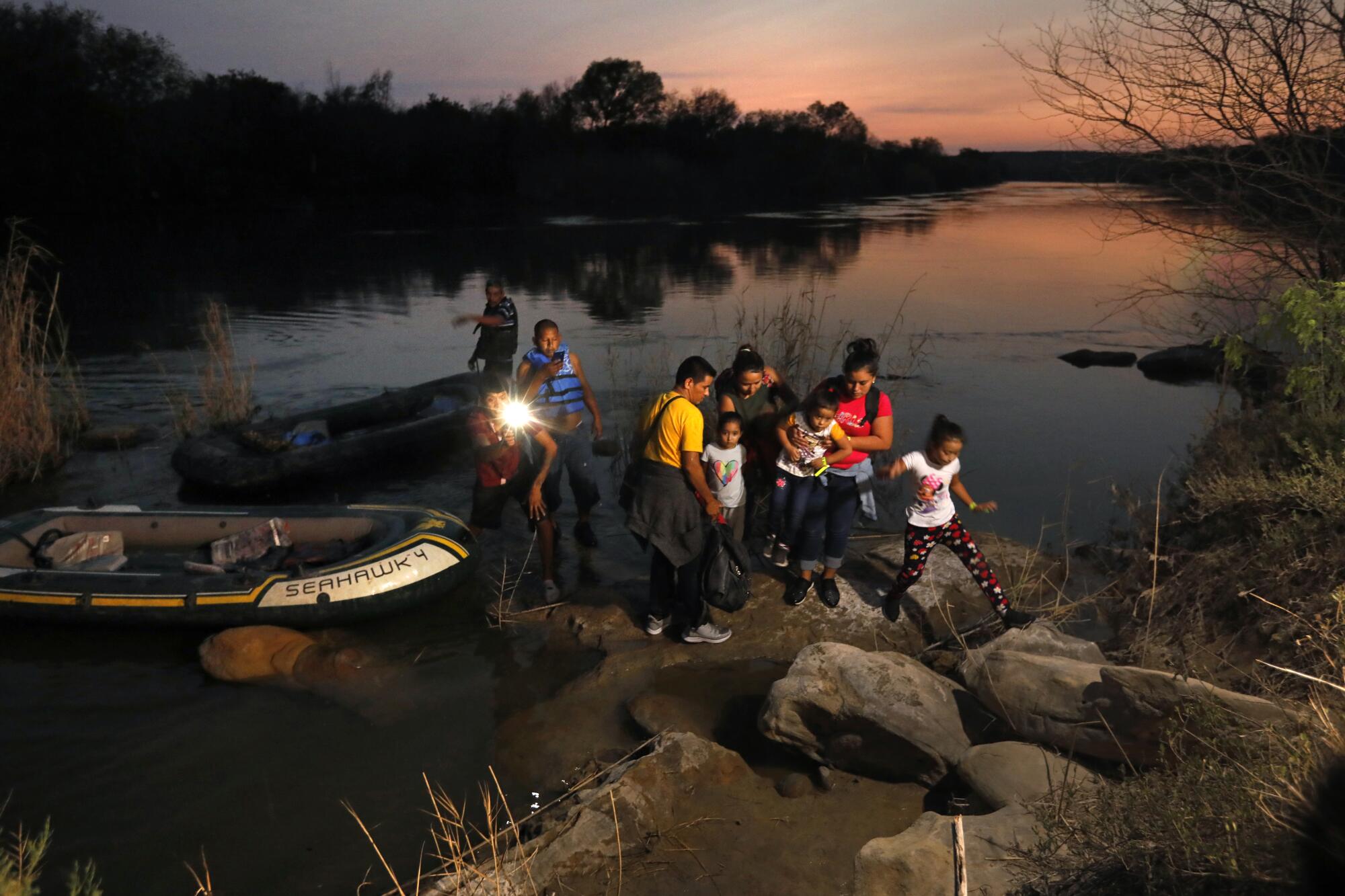
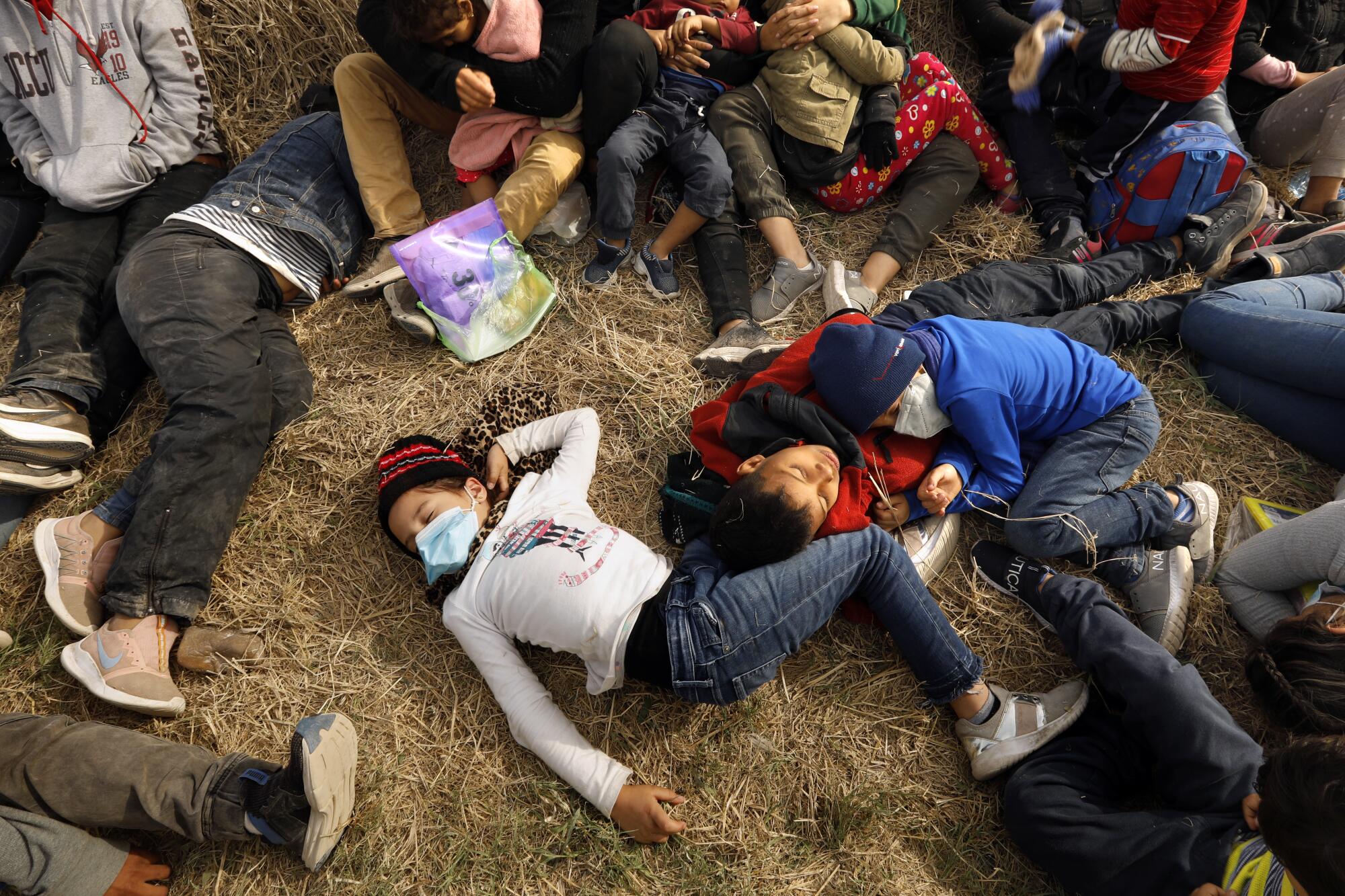
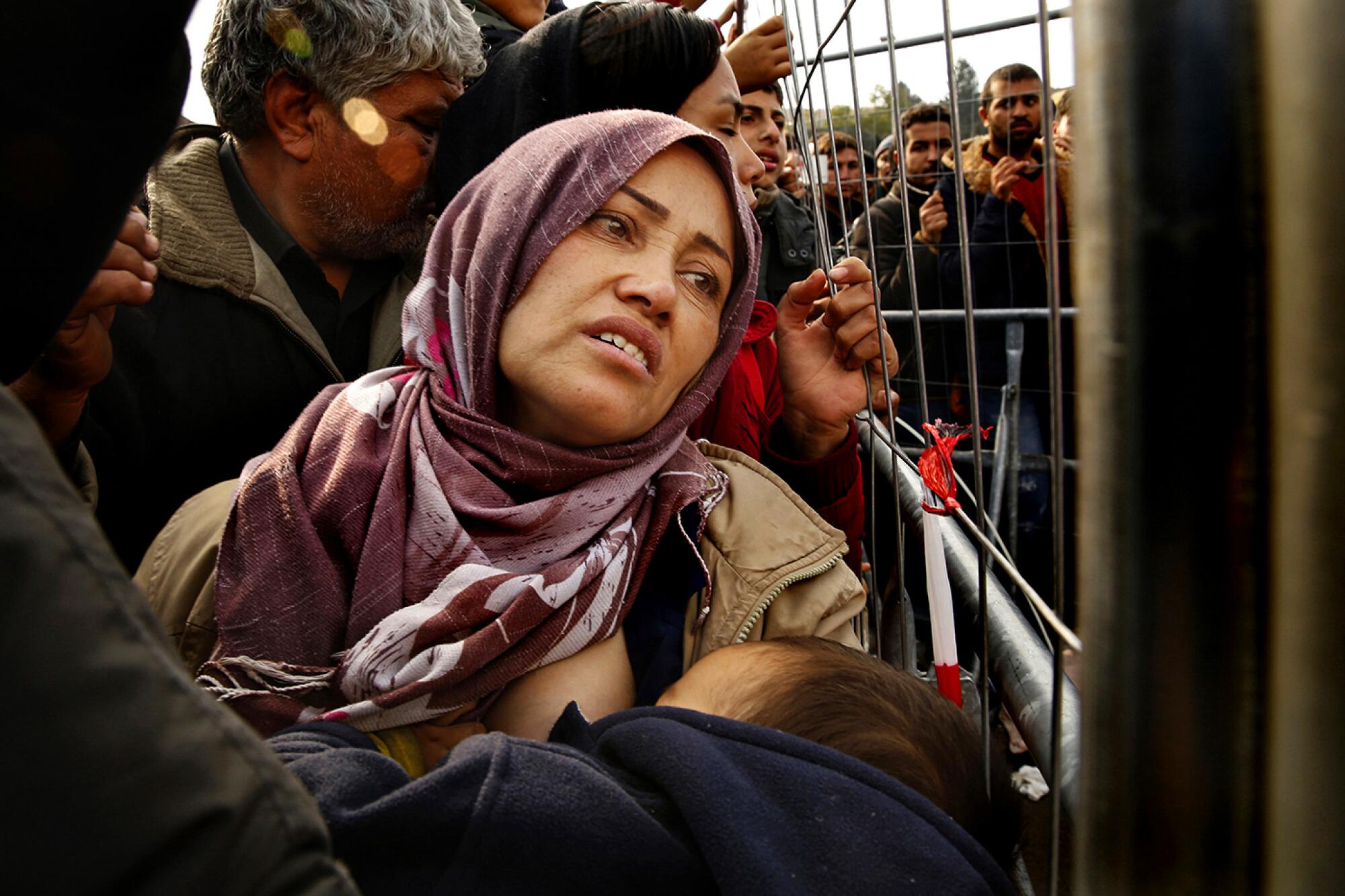
Behind the photographs:
Despite all of our problems, migrants continue to come to the United States because of the freedoms and opportunities we have.
Across the world, Afghans were part of the 1 million migrants who crossed Europe in the fall of 2015.
.
The face of one Afghan woman, who was nursing her child as she begged for entry at the border, symbolizes the strength, determination and desperation of migrants who are fleeing war and poverty.
— Carolyn Cole
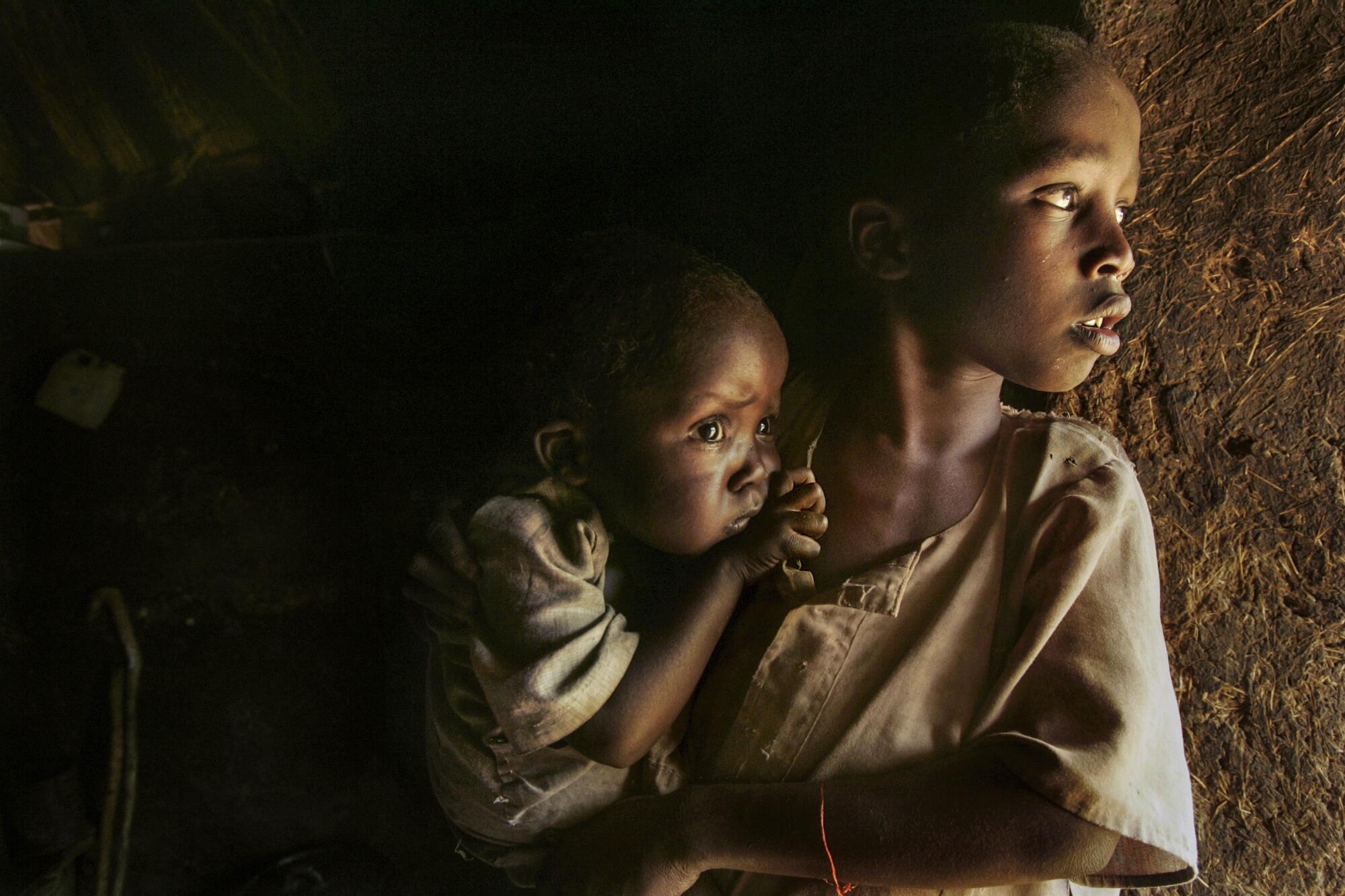
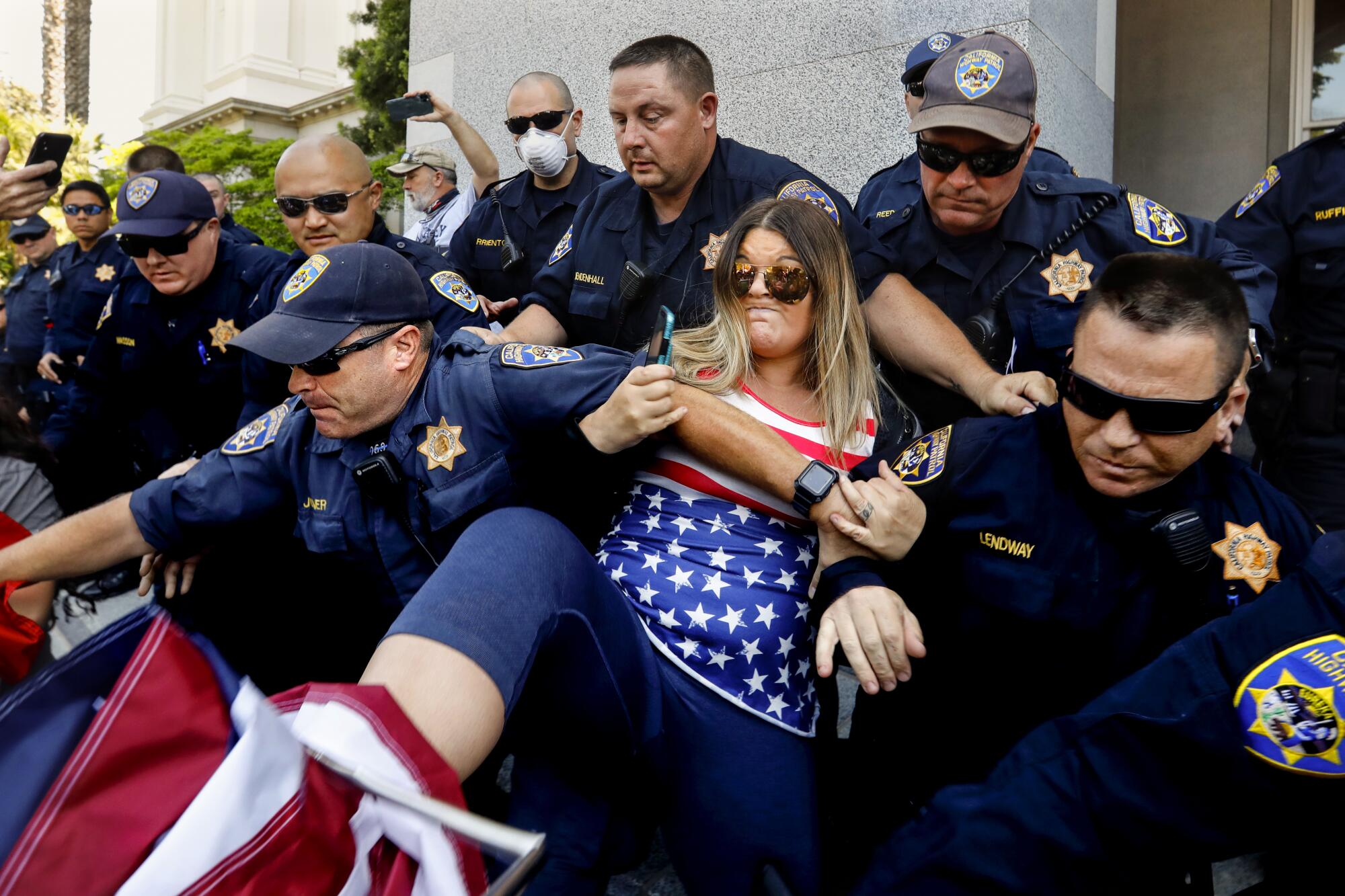
Behind the photograph:
As the California state closures dragged on due to the pandemic, a group protested at the state Capitol, where I photographed a woman getting into a tussle with police. That was early in the COVID-19 pandemic when police weren’t even wearing masks.
Pictures capture a slice in time, as history marches on.
— Carolyn Cole
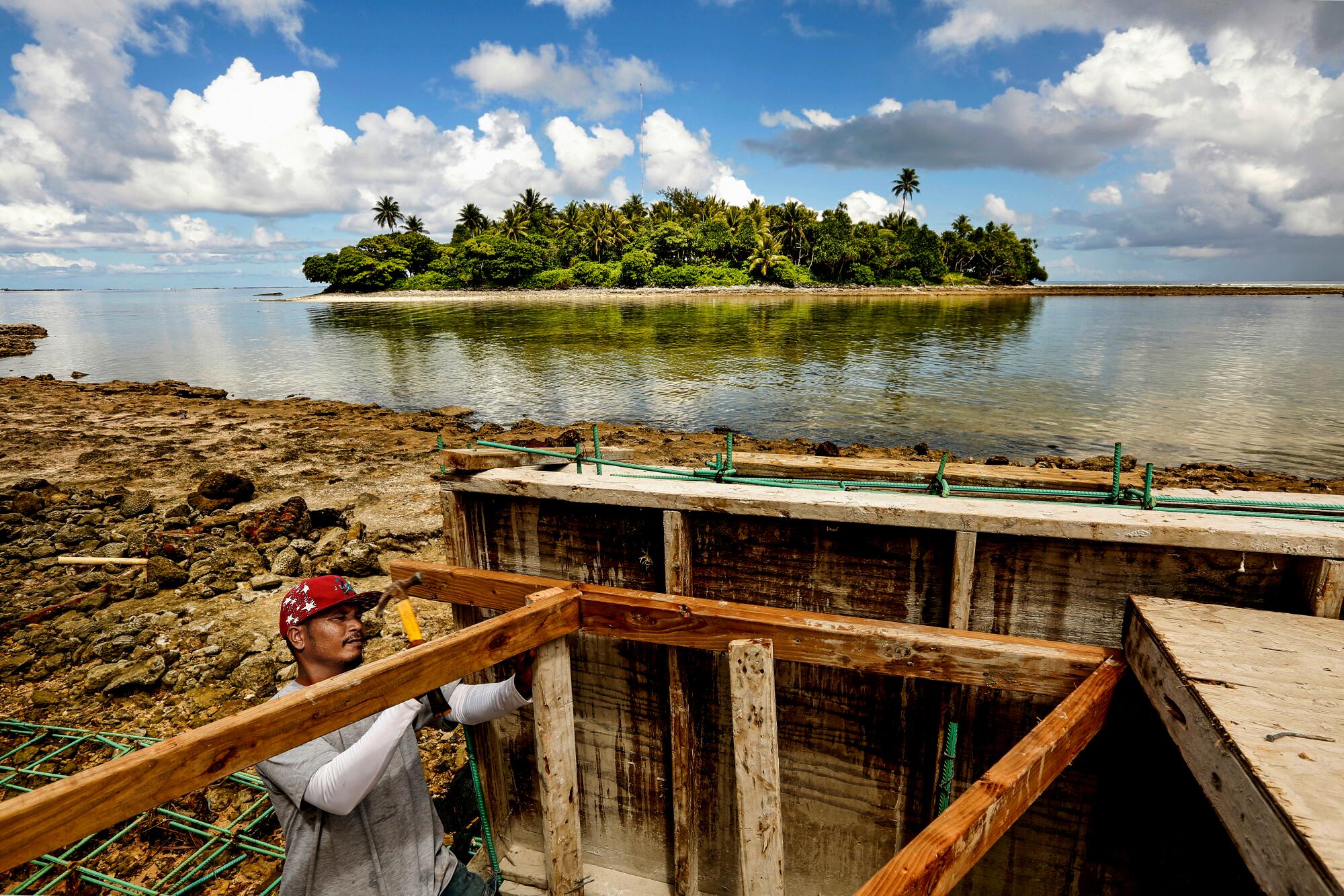
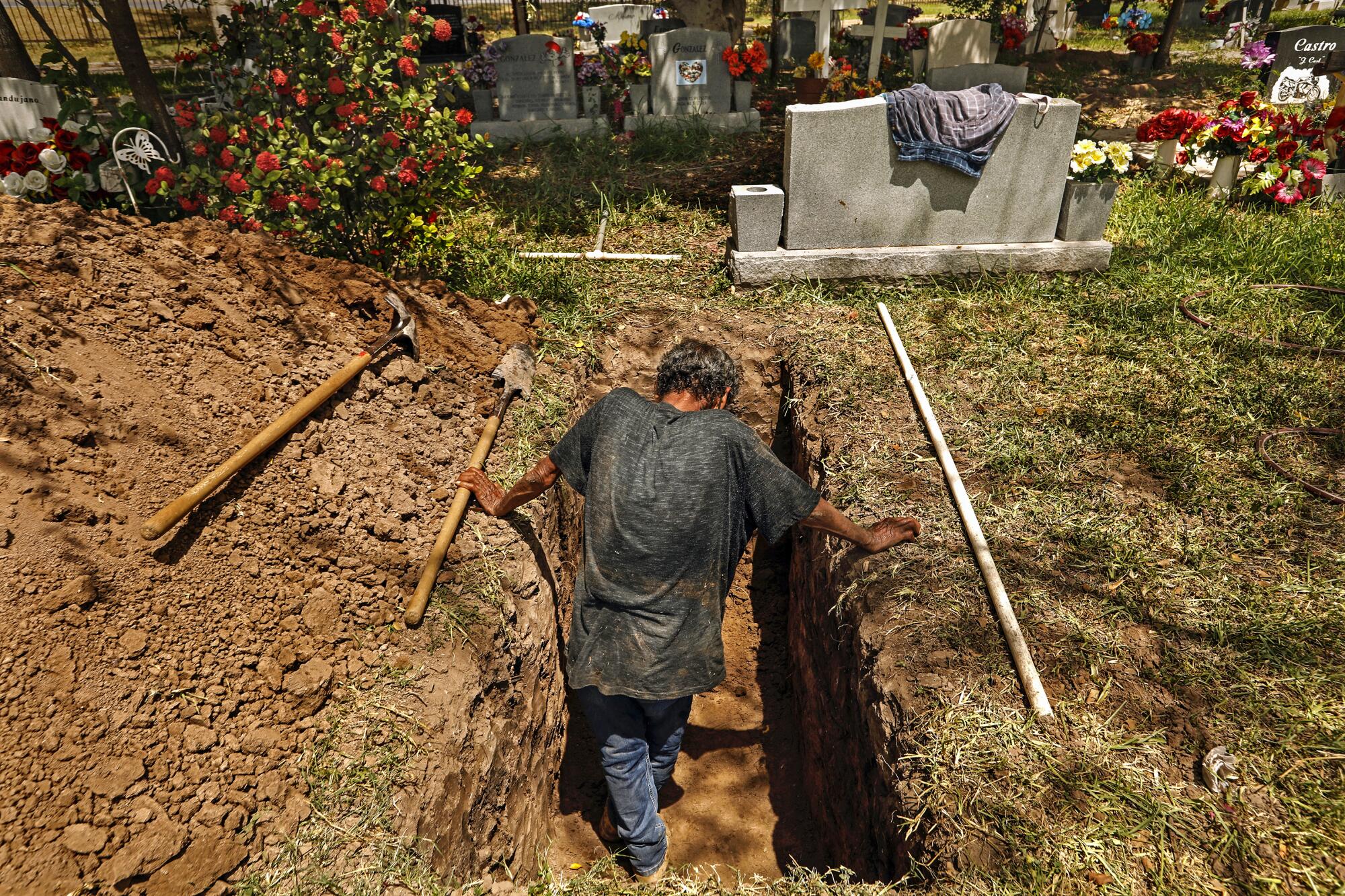
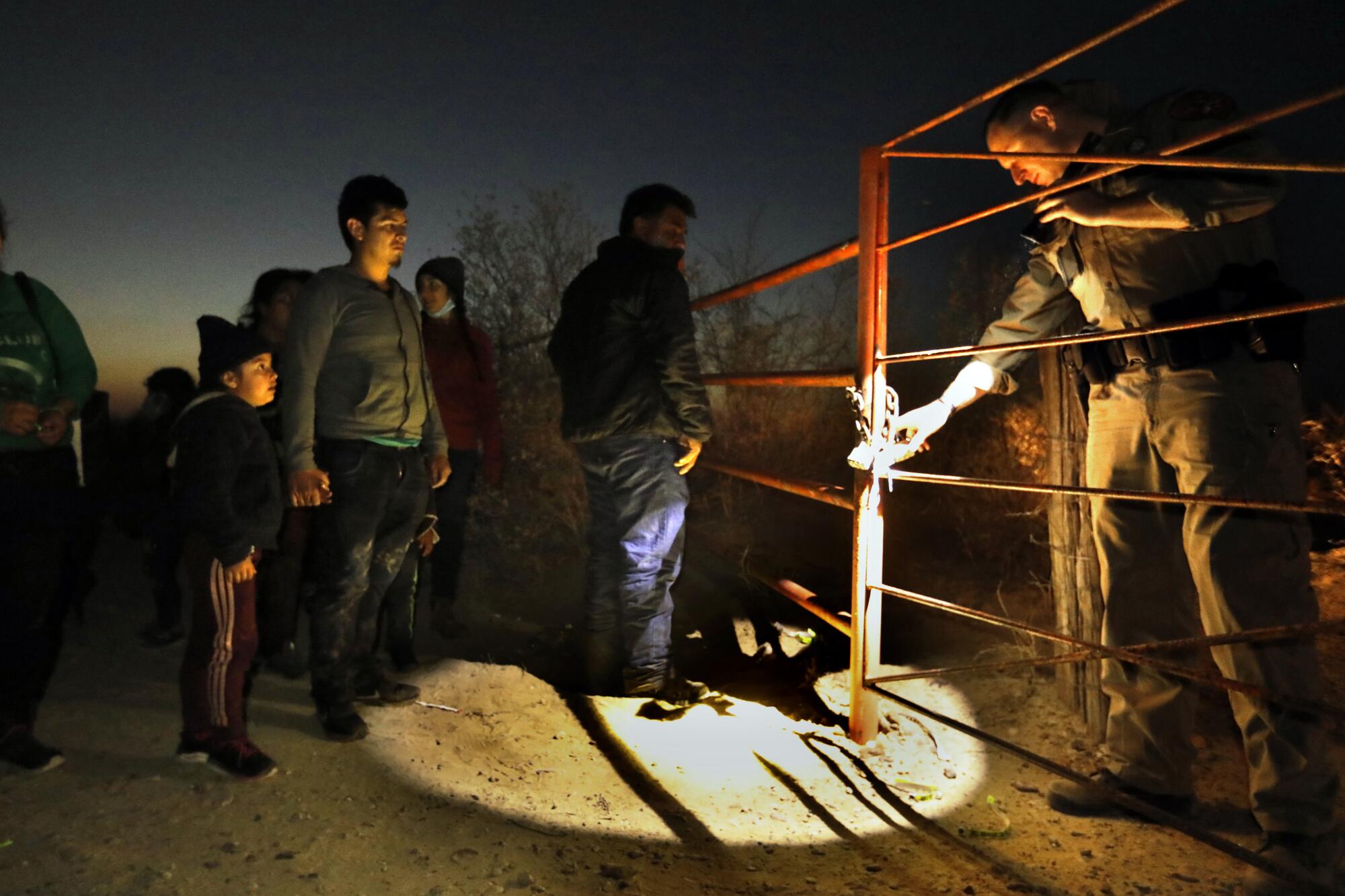
Behind the photograph:
Most recently, I covered the steady stream of asylum seekers crossing the Rio Grande in rafts with the help of smugglers.
This isn’t easy, as they normally cross at night and at different locations along the river. In order to get this image, I spent six nights hiding in the bushes, hoping to be in the right place at the right time.
I hope this image paired with the story, will give readers a better idea of who these people are, why they are coming and the sacrifices they make to get to the U.S.
— Carolyn Cole
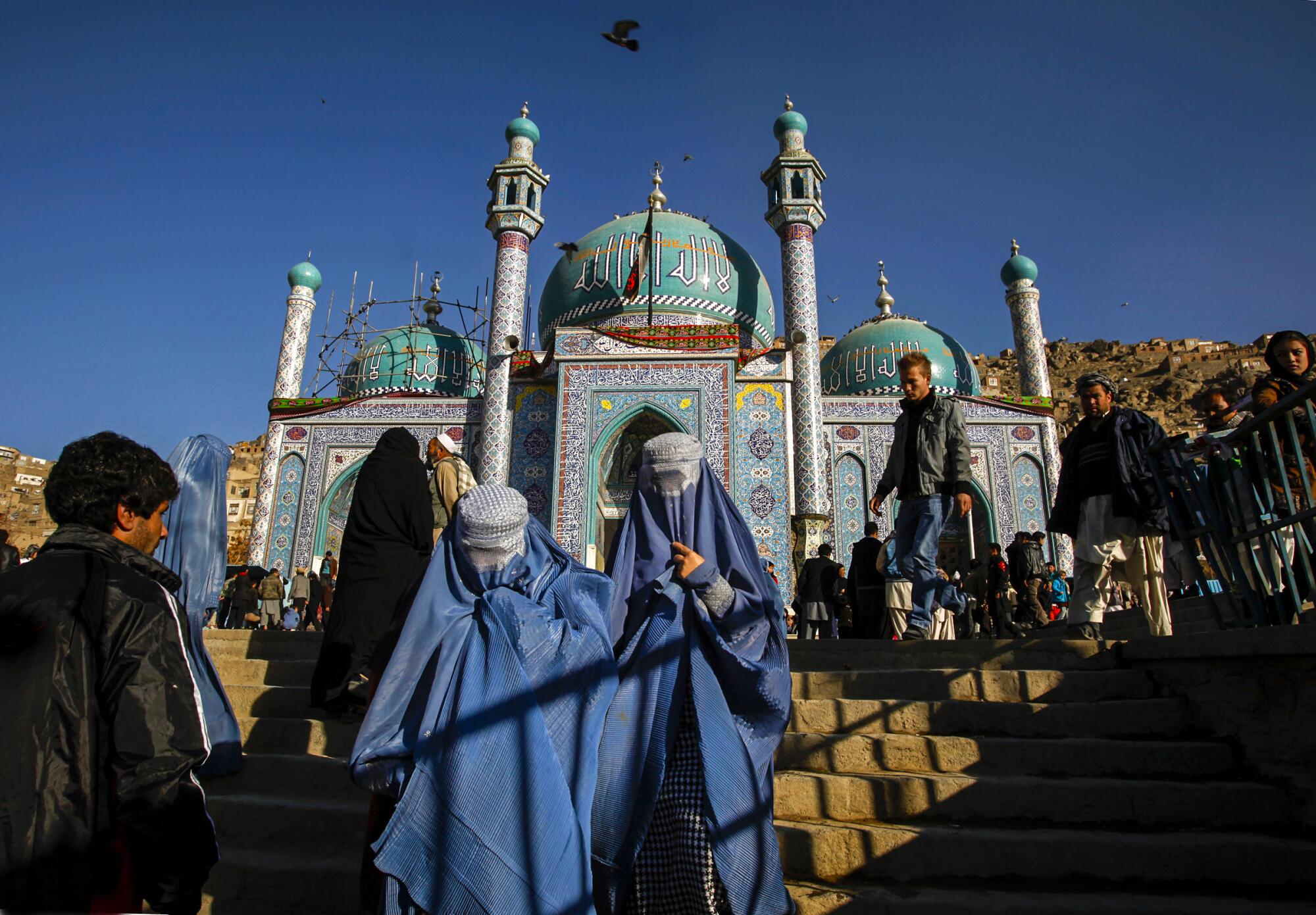
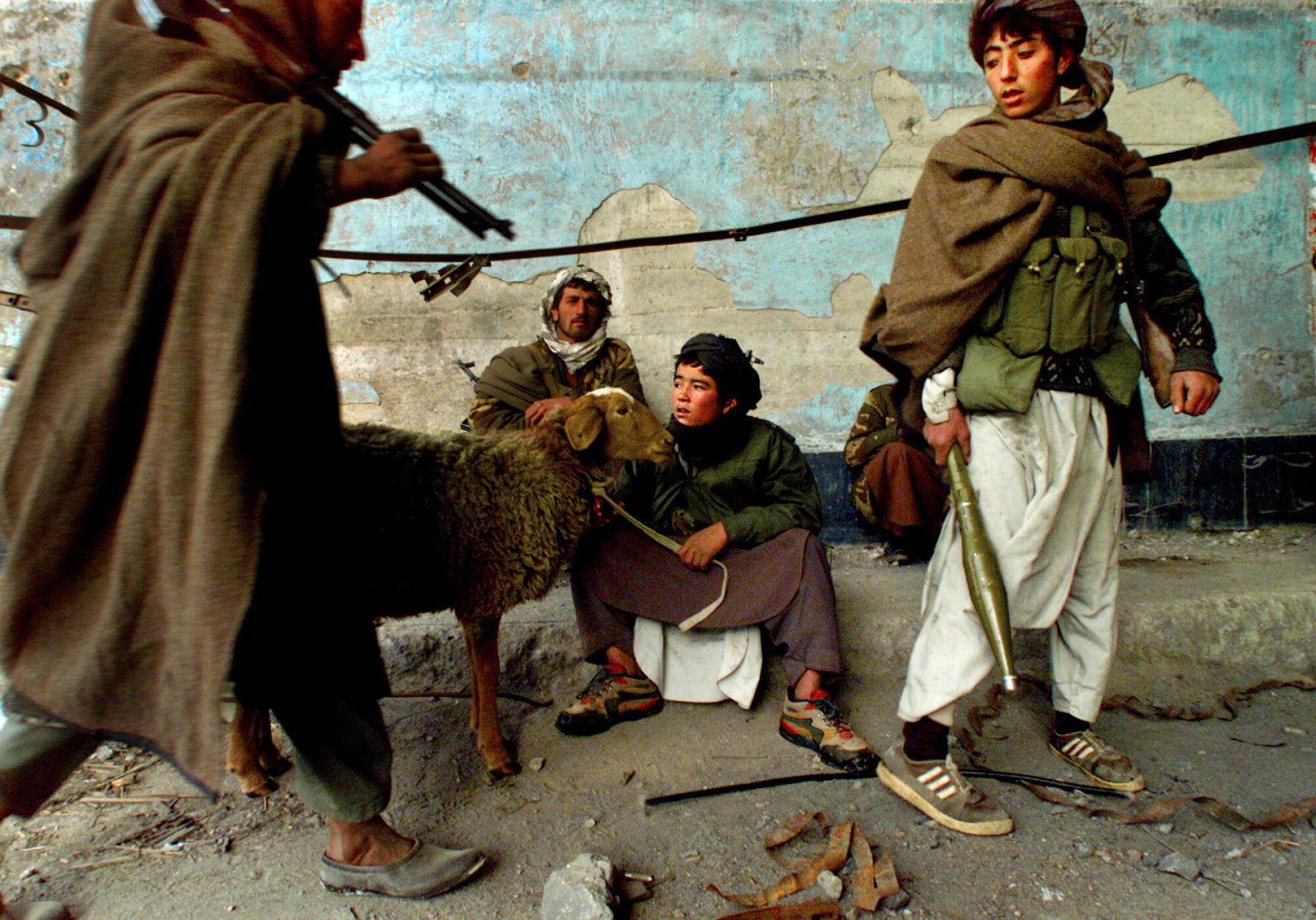
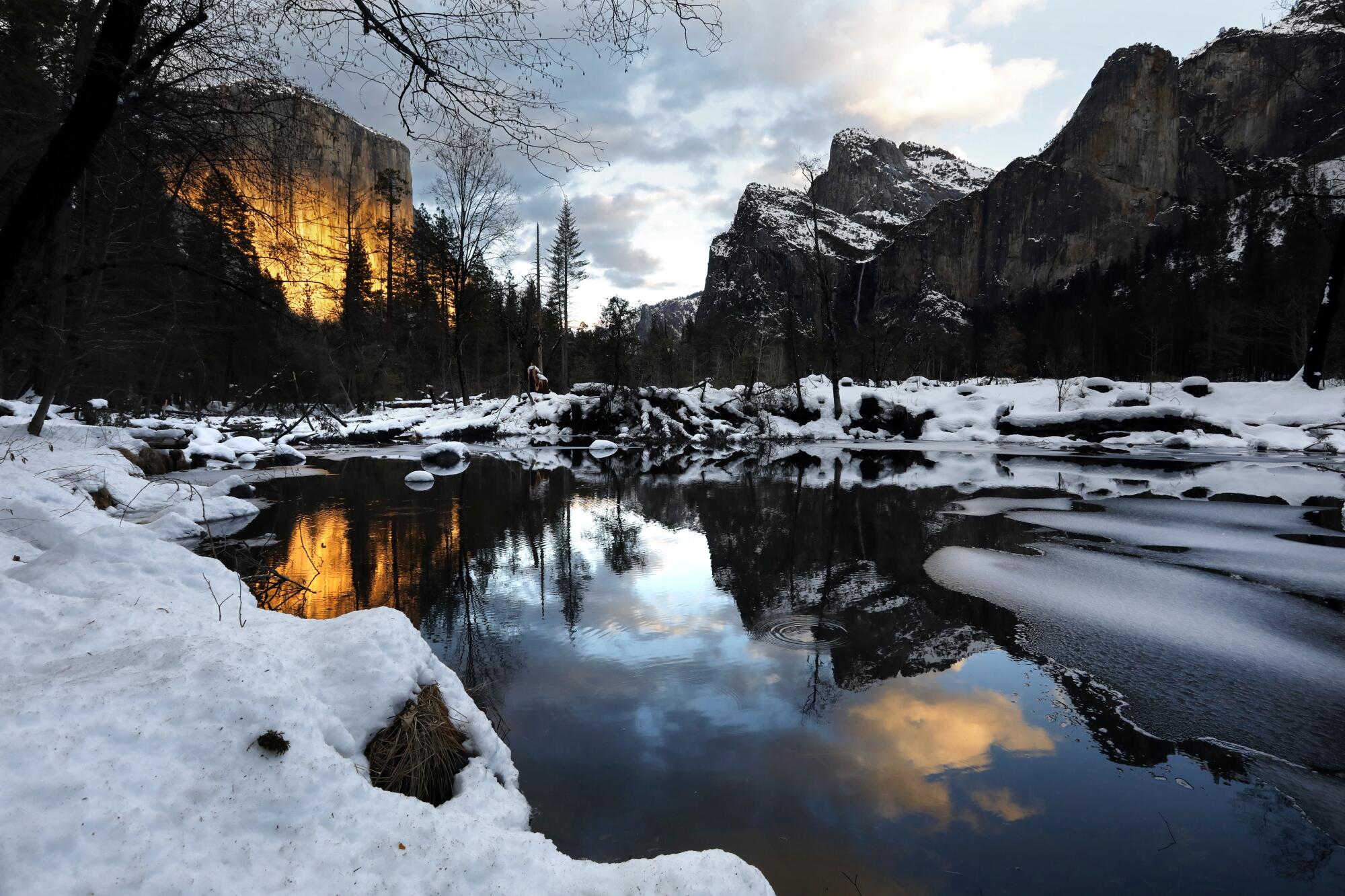
Behind the photograph:
My job isn’t all doom and gloom. I recently gained access to Yosemite while it was closed to visitors, to photograph the heavy snowfall.
I was there all day, but it wasn’t until after sunset that I got this image of El Capitan reflected in the Merced River.
There is beauty in the world that needs to be celebrated to balance the problems we face.
— Carolyn Cole
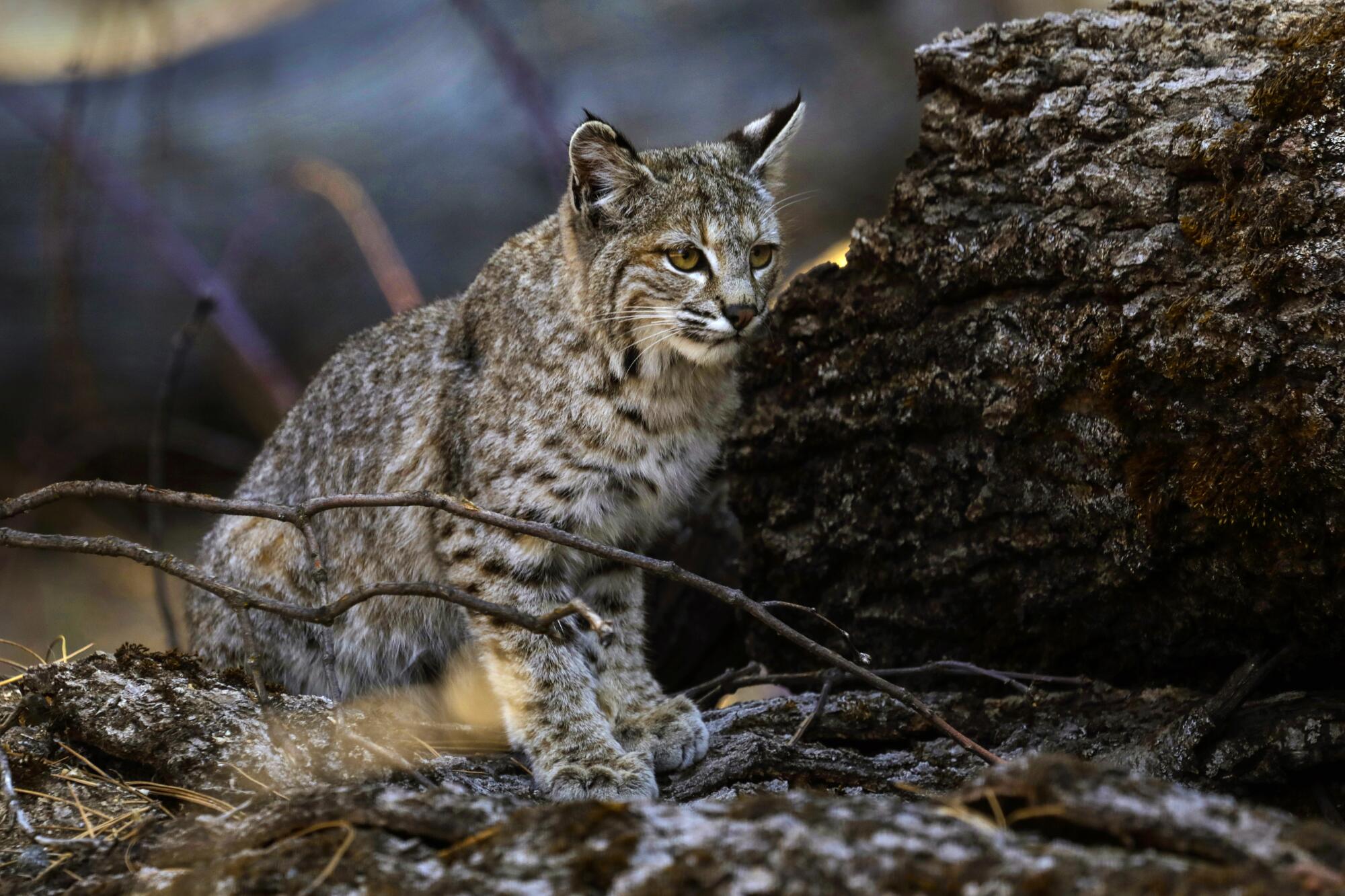
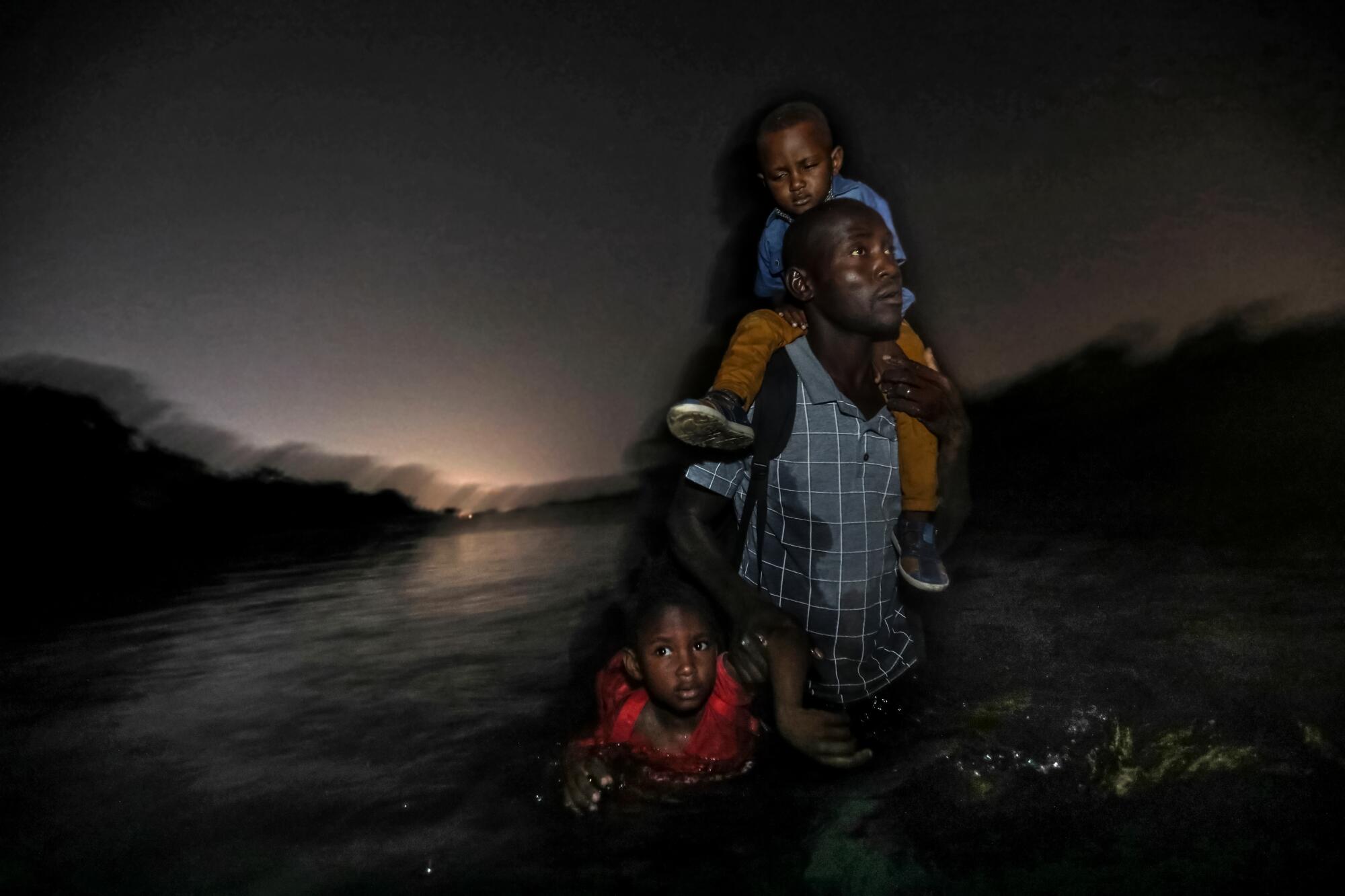
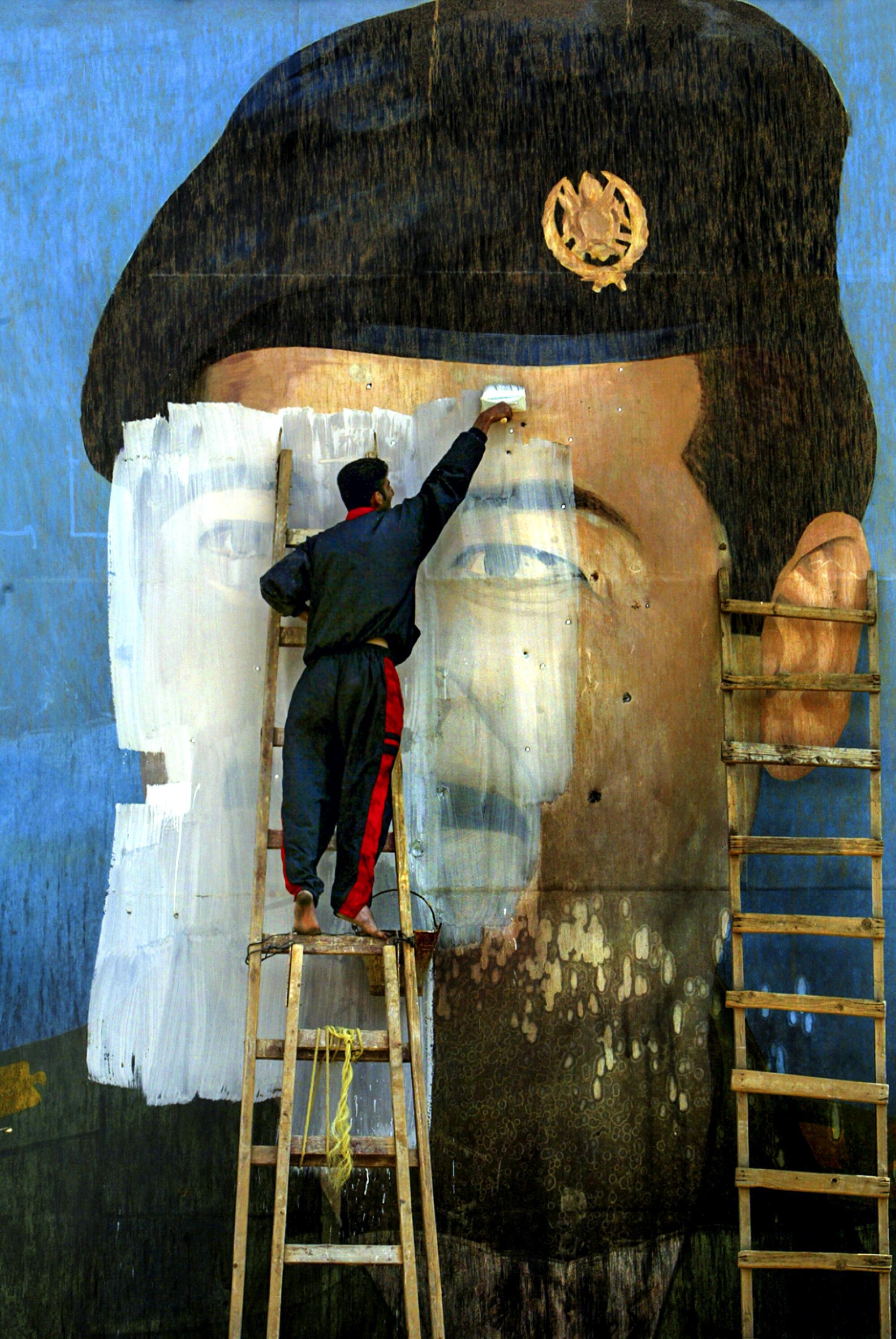
Behind the photograph:
Making timeless images was especially important to me while covering the Iraq war, where I was one of the few American photographers in Baghdad during the U.S. bombing campaign.
Soon after the U.S. troops arrived, I saw images of Saddam Hussein disappearing around the city.
Within weeks, the whole country had changed.
— Carolyn Cole
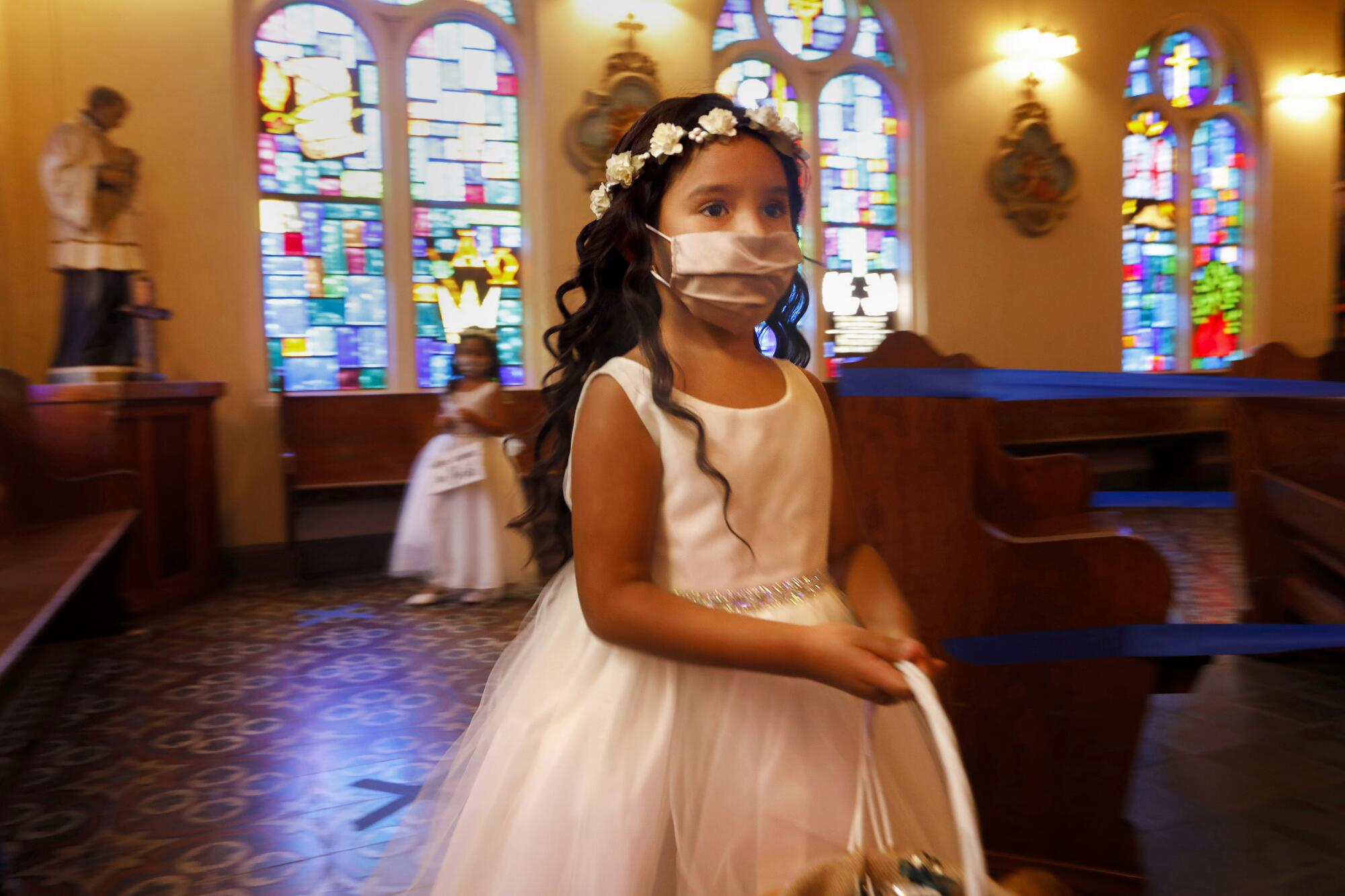
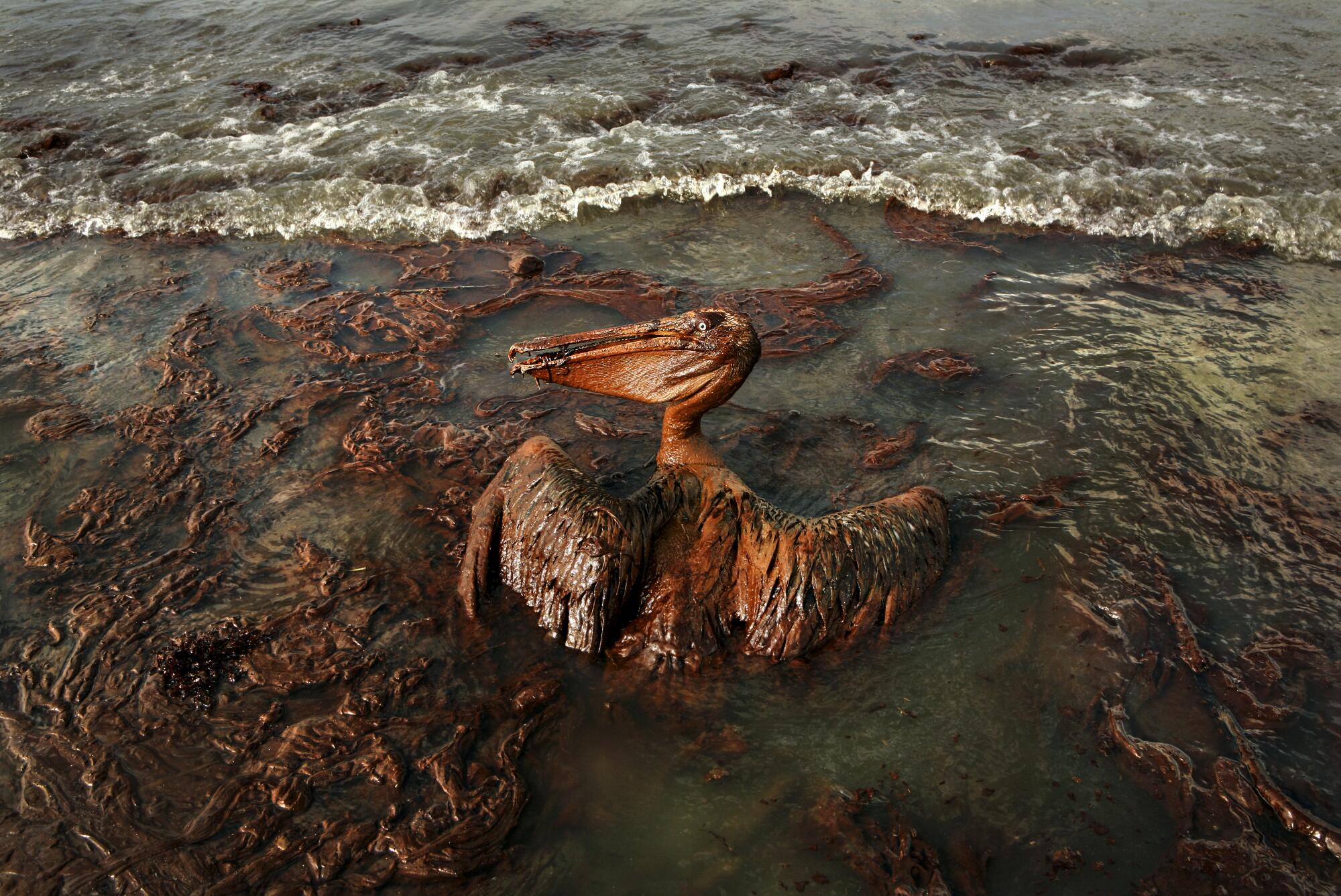
Behind the photograph:
Often the most important images that need to be taken are in places authorities don’t want you and of things they don’t want to be seen. That was equally true for the BP Deepwater Horizon oil spill, where the areas where oil was washing ashore were cordoned off by police.
Because the oil spill occurred more than 50 miles offshore, it was difficult to get to. This image of an oil-soaked pelican affected me so much personally that I am now covering environmental issues on a more regular basis.
My hope is that I can continue to contribute with my photography and possibly pass on that passion to the next generation.
The language of photography is universal and must be used to build understanding, compassion, and change for a better future.
— Carolyn Cole
More to Read
Sign up for Essential California
The most important California stories and recommendations in your inbox every morning.
You may occasionally receive promotional content from the Los Angeles Times.



